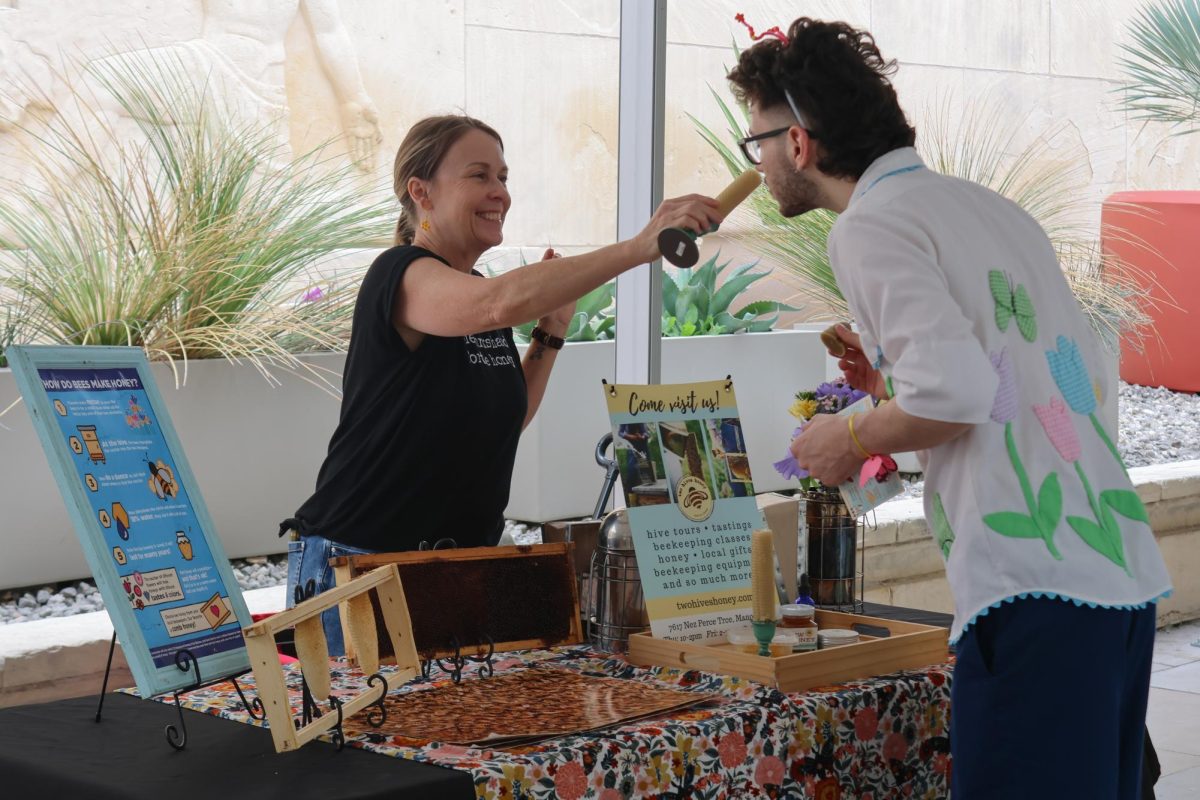Following Austin City Council’s approval last month, Austin Police Department’s forensic department is receiving new equipment to better detect fingerprints from surfaces such as flexible pastics, woven fabric or glossy paper.
The equipment is being purchased with a grant, said Dana Kadavy, executive director of the APD Forensic Science Bureau. The chamber could reopen cold cases where fingerprints were not able to be visualized from the surfaces, Kadavy said. Kadavy said APD plans to use the equipment in cases where there is reasonable suspicion a print may be latent and cannot be detected with the standard superglue technology.
“This would just be another tool in the toolbox,” Kadavy said. “You don’t want to give up if you really believe there’s something that should be there but the fabric or plastic is just not amenable to the
standard procedure.”
The machine uses zinc and gold dust to visualize fingerprints, Kadavy said. The evidence is placed into the vacuum, and gold and zinc particles are evaporated onto the material, developing a negative of the fingerprint which creates a photograph.
“We typically use super glue fuming technology, which uses heat and creates a chemical reaction whereby that superglue tends to want to adhere to items that are left behind, from hands or skin or prints,” Kadavy said. “That superglue fume has an affinity for those oils or proteins.”
Kadavy said this superglue fumigation allows forensic laboratories to visualize a print that cannot be seen with the naked eye and develop the print for analysis. She said this is standard technology in most laboratories and has been used for decades.
“There are some types of surfaces where a vacuum metal deposition might work better,” Kadavy said. “They’ve even had luck with things that have been submerged in water or buried under ground. That’s an item where you might have a really good reasonable suspicion there was a print there but you weren’t able to visualize it using the standard fumigation.”
Nutrition sophomore Azelia Lau said the introduction of the new technology makes her feel safer as an Austinite.
“Criminals evolve with technology, so they are always catching up, figuring out new ways to (break the law),” Lau said. “So APD should do whatever is necessary to pick up the pace with criminals.”
The cost of the new equipment should not exceed $71,357, said Kathie Tovo, District 9 council member.
“Our police department is trying to make sure that we have the most up-to-date equipment possible so that people who are committing crimes in the city are brought to justice,” Tovo said. “This is another tool that’s going to enhance our ability to do that.”
Environmental engineering sophomore Victoria Lara said she feels safer with APD purchasing new forensic equipment despite the costs associated with it.
“Whenever I see police reports that are sent to us, I always get a bit nervous,” Lara said. “I definitely feel better knowing that they have that.”





















